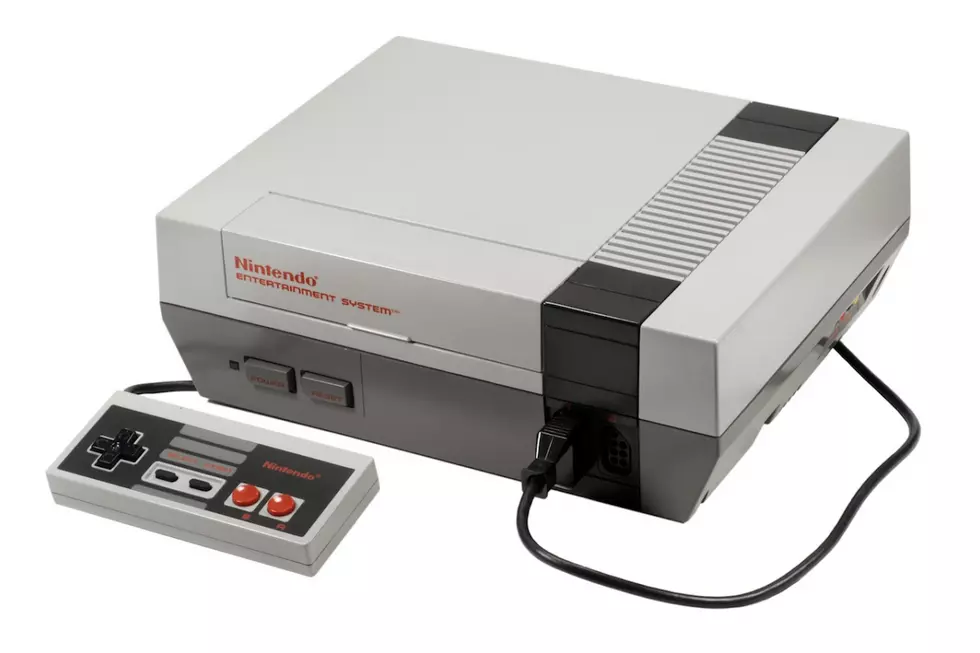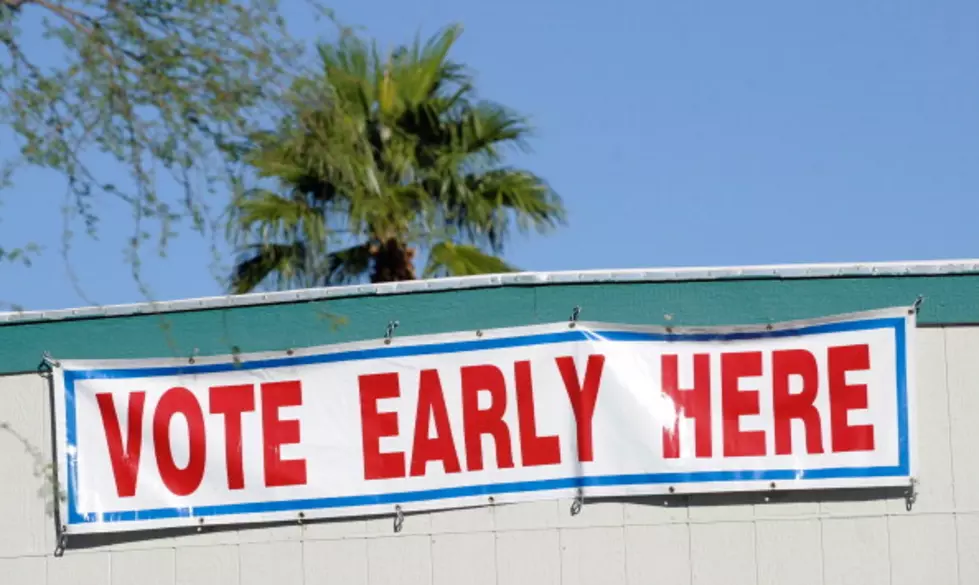
35 Years Ago: Nintendo Brings the NES to America
When Nintendo's NES gaming console was unleashed on American shores in October 1985, few could have predicted its cultural impact.
Nintendo had originally released a system called the Famicom in Japan, finding success thanks to its revolutionary graphics and variety of games. The device was an early incarnation of what the NES would later be — including such signature controller features as the cross-shaped joypad and the A and B buttons.
"There’s a rule in the game industry that fads last for three years," hardware designer Masayuki Uemura explained in a conversation with Kotaku. "That’s why [Nintendo] President Yamauchi targeted America — to get around that."
Despite achieving popularity in Japan, there remained little interest in brining the Famicom to America. This was largely due to the video game crash of 1983. Many placed the blame squarely at the feet of Atari, the gaming giant who pioneered the home system industry beginning in the late '70s. The company didn't have any restrictions on who could develop games for their 2600 console, leading to a flood of low quality third party titles. The oversaturation of these products drove customers away, and many retail chains suffered the brunt of the financial losses.
Because of this, major stores had zero interest in carrying any kind of video game systems, a fact greatly hindered Nintendo’s attempts to invade the U.S.
Watch a Japanese Commercial for Nintendo's Famicom
After the Famicom earned a makeover — including cartridge-loading adaptations and changing the color scheme from a cartoonish red and white to the more conservative grey and black — the console was now called the Nintendo Entertainment System, or NES. Notice how the term “video game” doesn’t appear anywhere in that title? The new branding was just part of the company’s attempt to separate the device from previous systems.
"We spent a lot of energy not calling it a video game in any way," recalled Gail Tilden, Nintendo's advertising manager, during a conversation with IGN. "So it was the Nintendo 'Entertainment System' and the cartridges were called 'game paks,' and we never used the word 'video game' at all."
Nintendo was sure that everything they did focused on entertainment. To that end, the company also introduced R.O.B., the robotic operating buddy, a small robot which would react to the games being played on screen. The adorable little character was a trojan horse, designed to again convince buyers that the NES wasn’t a video game system, but a unique family toy.
"It was one of the unique aspects," noted Don James, Nintendo America's Executive Vice President of Operations. "You know, like Rock 'em Sock 'em Robots is not something you want to play 70,000 hours. But it's cool to look at, right? And I think R.O.B. was kind of in that genre. It was a really neat, unusual little device. And it was fun to play! But again, like Rock 'em Sock 'em Robots, I wouldn't want to do it for 40 hours."
Watch a 1985 Commercial for Nintendo's NES
Despite their efforts, Nintendo had difficulty drumming up any interest in the device. In 1983 and 1985, the company showcased their system at the Consumer Electronics Show in Las Vegas, an annual event known as one of the biggest trade shows for new technology in the world. In both years, the Japanese company was unable to drum up any American support for their product. Desperate and running out of options, Nintendo invented a unique way to get the NES in stores.
Typically, a retail chain purchases products wholesale from its supplier then turns around and sells them and a higher cost to consumers. Any items that go unpurchased then count towards the chain’s losses. This is what happened with the aforementioned Atari situation, where many stores were stuck with hefty bills after purchasing video game products they were unable to resell. To get the NES to the masses, Nintendo agreed to eliminate the risk for retail chains. If after 90 days a store still had superfluous inventory, the Japanese company would take the products back and refund the difference. In essence, Nintendo was betting on itself. If the NES flopped, it would be the gaming company and not the retail stores which would suffer.
The strategy paid off, albeit slowly. Nintendo were able to launch the NES in stores throughout the New York/New Jersey area on Oct. 18, 1985. They’d sell roughly 90,000 over the next three months — not gangbusters, but enough to prove the device had merit. From there, word of mouth helped the brand expand to Los Angeles, Chicago and San Francisco. As sales figures steadily increased, the numbers spoke for themselves. The question of whether consumers would embrace a new home gaming system was answered with a resounding "yes."
NES eventually became available throughout the U.S., selling more than 1.1 million copies by the end of 1986. Those numbers continued to increase in the ensuing years with the introduction of Super Mario Bros., a revolutionary and incredibly popular game which would be bundled with the NES, furthering sales. By the end of the '80s, NES had established itself as the premiere gaming device, owned by 30 percent of American households.
Pac-Man Facts: 40 Easily Digestible Bits of Arcade-Game History
More From My Magic LC 92.1 FM




![New Louisiana ‘I Voted’ Digital Stickers Unveiled [Photos]](http://townsquare.media/site/33/files/2015/11/Registrar-of-Voters-photo-by-David-McNew-via-Getty-Images.jpg?w=980&q=75)

![Drew Brees Buys Luxury Condo at Future Four Seasons New Orleans Hotel [Photos]](http://townsquare.media/site/33/files/2020/10/NLN_003.jpg?w=980&q=75)



